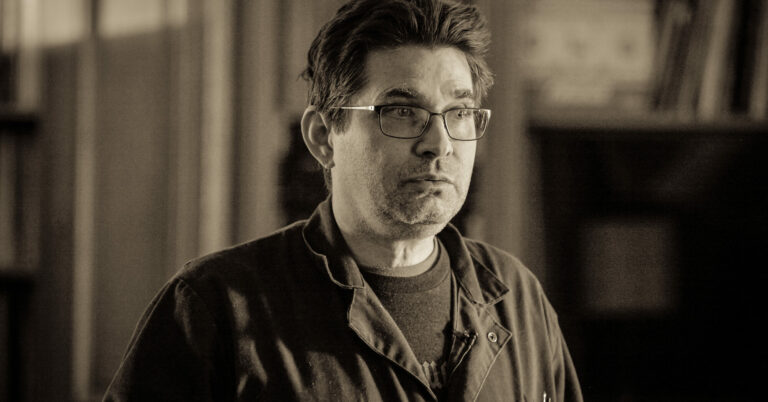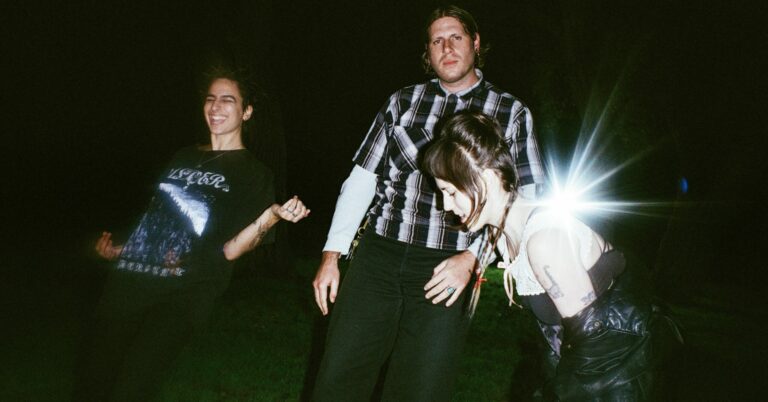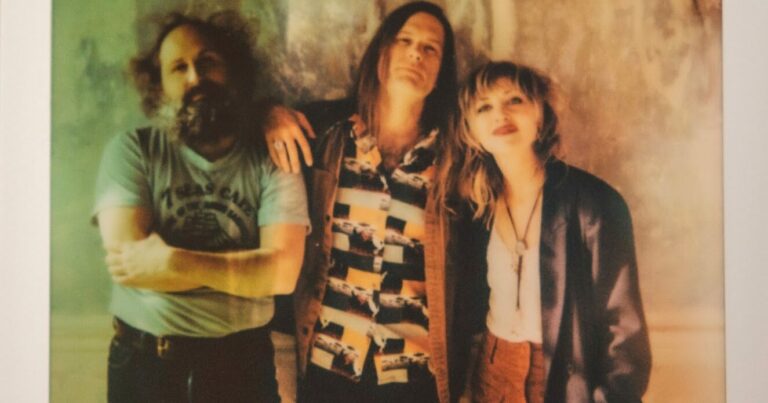What Makes Juvederm Special?
In the quest for a youthful appearance, Juvederm stands out as a frontrunner. This line of hyaluronic acid fillers does more than just fill in wrinkles; it enhances facial contours and restores lost volume, offering a rejuvenated look that many crave. Juvederm is not just another dermal filler; it’s a collection of injectable gels designed for various areas of the face to address age-related volume loss.
Each product in the Juvederm collection is formulated to target specific issues, from plumping lips to defining the jawline. The base of these fillers, hyaluronic acid, is a natural substance in the skin that helps retain moisture and adds volume.
Exploring the Juvederm Collection
Each product in the Juvederm lineup has unique characteristics tailored for different facial areas and concerns. Whether it’s adding volume to the cheek area, reducing nasolabial folds, or enhancing the chin’s appearance, Juvederm offers a solution. The versatility of the collection allows doctors to customize treatments for individual patient needs, making it a popular choice among those seeking cosmetic enhancements.
The Science Behind Hyaluronic Acid Fillers
Hyaluronic acid (HA) is a natural component of the skin, known for its ability to hold up to 1000 times its weight in water. Juvederm’s HA fillers not only restore volume but also promote hydration of the skin, delivering nutrients that help maintain the skin’s softness and elasticity. The integration of HA into these fillers ensures long-lasting results and a natural feel.
Tailored Treatment: How Juvederm is Used
During an initial consultation, a skilled doctor will assess your facial structure, discuss your aesthetic goals, and determine the appropriate product from the Juvederm collection. The treatment itself involves minimally invasive injections that are carefully administered in specific areas to achieve the desired effect. The ability to target different areas of the face precisely helps maintain the natural balance and harmony of your facial features.
Benefits of Choosing Juvederm
Juvederm is renowned for its immediate results and minimal downtime. Patients often see a noticeable improvement in their appearance shortly after the procedure, with results that can last up to a year or more, depending on the specific product used. The treatment is also customizable, which means that the volume and areas treated can be adjusted to meet the unique contours and aesthetic desires of each patient.
Common Concerns and How Juvederm Addresses Them
Patients turn to Juvederm for various reasons. Some of the most common concerns include marionette lines, which extend from the corners of the mouth down toward the chin, and smile lines around the nose and mouth. By injecting Juvederm into these areas, doctors can smooth out these lines, restoring a more youthful and refreshed appearance.
Juvederm and Lip Augmentation
Lip augmentation is another popular treatment with Juvederm. The fillers add volume to thin lips, enhance lip shape, and can even correct asymmetry, providing results that look and feel natural. Unlike other treatments, Juvederm offers a gentle solution for lip enhancement that avoids the overdone look.
Safety and Side Effects
Like any medical procedure, treatments with Juvederm can come with side effects, such as bruising, swelling, or redness at the injection site. However, these are generally mild and temporary. A qualified healthcare provider can further minimize risks by adhering to the highest standards of safety and using only FDA-approved products.
Enhancing Beauty with Precision
Juvederm: A Closer Look at Its Injectable Gel Properties
Juvederm, known for its high-quality injectable gels, stands out in the cosmetic industry. These gels are specifically formulated to interact seamlessly with the body’s own tissues, ensuring that not only is volume restored but the skin retains moisture and softness over extended periods. The hyaluronic acid in these fillers acts as a hydrating agent, which is crucial for maintaining long-lasting results and a natural look.
Delivering More Than Just Volume
The efficacy of Juvederm extends beyond simple volume addition. Each injectable gel in the Juvéderm collection is designed to deliver nutrients directly to the treated area, promoting healthier skin by enhancing its natural functions. By optimizing how the skin retains moisture, Juvederm ensures that the benefits of the treatment extend well beyond the initial cosmetic improvements.
Tailoring Treatments to Individual Needs
One of the strongest advantages of Juvederm is its adaptability. Treatments can vary depending on specific patient needs, which means that the choice of product and the amount injected can be adjusted for the most natural outcome. Whether enhancing the jawline definition or providing a subtle lift to the cheeks, Juvederm products are versatile enough to address a range of aesthetic desires.
Specialized Applications for Distinct Results
The Juvéderm collection includes products that are particularly well-suited for enhancing certain features. For example, specific formulas are designed to plump lips, providing volume and hydration for a fuller, more defined appearance. These products are carefully injected to achieve the desired fullness while ensuring that the look remains soft and natural.
Combining Juvederm with Other Treatments
For those looking to achieve comprehensive rejuvenation, Juvederm can be combined with other procedures like chemical peels, which help to refine skin texture and tone. This combination allows for a holistic approach to facial aesthetics, where Juvederm adds volume and the chemical peel improves the skin’s surface, resulting in a more youthful and radiant appearance.
Juvéderm Collection: Versatility and Innovation
Each product in the Juvéderm collection is tailored to target specific areas and concerns, from adding volume to the cheek area to defining the lip contour. The versatility of these products ensures that practitioners can use them to achieve customized results that cater to the varied aesthetic goals of their patients.
Addressing the Jawline with Precision
For many, a well-defined jawline is a key aspect of a balanced and attractive face. Juvederm products are expertly used to sculpt and enhance the jawline, providing definition where it’s needed. This targeted approach helps to create a more structured facial profile, which many find appealing.
Maintaining Results and Managing Expectations
The duration and effectiveness of Juvederm treatments can vary depending on several factors, including the specific product used and individual patient metabolism. Typically, results can last from one to two years, making Juvederm a preferred choice for those seeking long-term solutions.
The Takeaway
Juvederm remains a cornerstone in non-surgical cosmetic treatments, offering a range of options to enhance facial aesthetics naturally and effectively. By delivering nutrients and helping the skin retain moisture, Juvederm ensures that each treatment not only improves appearance but also promotes overall skin health. Whether seeking to plump lips, define the jawline, or restore facial volume, Juvederm provides tailored solutions that lead to beautiful, lasting results.
Frequently Asked Questions
How long do Juvederm fillers last?
Juvederm fillers, made from hyaluronic acid, typically last between 6 to 18 months, depending on the specific product used and individual patient factors.
Is Juvederm better than Botox?
Juvederm and Botox serve different purposes; Juvederm is a hyaluronic acid filler that adds volume and delivers nutrients to the skin, while Botox relaxes muscles to reduce the appearance of wrinkles.
What does Juvederm do to your face?
Juvederm enhances facial features by adding volume, smoothing out wrinkles, and restoring a youthful contour through its dermal fillers.
How much does one syringe of Juvederm cost?
The cost of one syringe of Juvederm can vary widely depending on the specific product and geographic location but generally ranges from $400 to $1,000.










